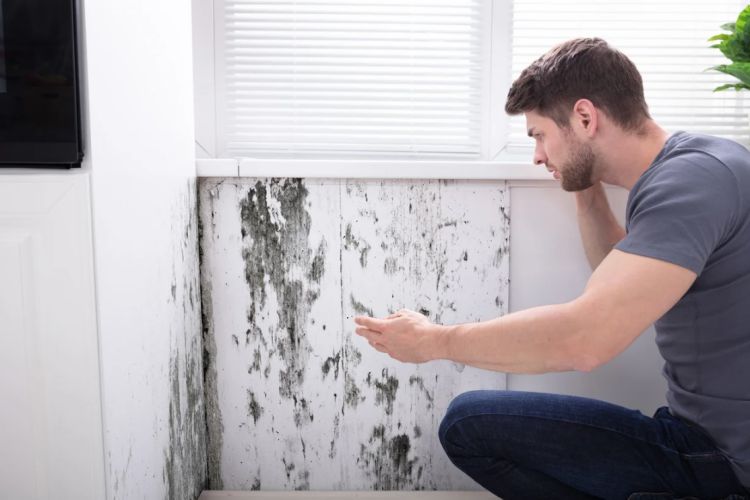 Mold on wood can be not only unsightly but also potentially damaging to the wood and harmful to health. Whether it’s on wooden furniture, flooring, or walls, removing mold is crucial to preserve the integrity of the wood and ensure a healthy living environment. For extensive mold problems or in cases where professional expertise is required, “Live Clean Today” (Get in touch) offers specialized cleaning services. However, for manageable mold issues on wood, here’s a guide to effectively and safely remove it.
Mold on wood can be not only unsightly but also potentially damaging to the wood and harmful to health. Whether it’s on wooden furniture, flooring, or walls, removing mold is crucial to preserve the integrity of the wood and ensure a healthy living environment. For extensive mold problems or in cases where professional expertise is required, “Live Clean Today” (Get in touch) offers specialized cleaning services. However, for manageable mold issues on wood, here’s a guide to effectively and safely remove it.
Table of Contents
Safety First
Before starting the cleaning process, protect yourself. Wear gloves, a mask, and safety goggles. Mold spores can be harmful if inhaled or if they come into contact with your skin.
Ventilate the Area
Ensure the room is well-ventilated. Open windows or use fans to circulate air and prevent the mold spores from being confined to one area while you clean.
Dry Out the Wood
Before attempting to clean the mold, ensure that the wood is dry. If the wood is damp (perhaps due to a recent leak), use dehumidifiers or fans to dry it out. Mold thrives in moisture, so drying the area is a crucial first step.
Vacuum the Surface
Using a vacuum cleaner with a HEPA filter, vacuum the affected area to remove loose mold spores. This step minimizes the spread of mold during the cleaning process.
Prepare a Cleaning Solution
Create a cleaning solution using either white vinegar, mild dish soap, or a commercial mold remover. If you choose vinegar, you can use it directly without diluting it, as it’s a natural mold killer and safe for most wood surfaces. For dish soap, mix a few drops in a bucket of water.
Gently Clean the Wood
Using a soft cloth or sponge, gently clean the moldy area with your chosen solution. Avoid oversaturating the wood as excessive moisture can cause further damage. For tougher mold stains, a soft-bristled brush can be used, but be gentle to avoid scratching the wood.
Wipe the Area Clean
After scrubbing, wipe the area with a clean, damp cloth to remove any remaining mold and cleaning solution. It’s important to not leave any residue behind.
Dry the Wood Completely
Use a dry towel or cloth to thoroughly dry the wood after cleaning. You can also use a fan or dehumidifier to aid in the drying process. It’s essential that the wood is completely dry to prevent mold from returning.
Check and Repeat if Necessary
After cleaning and drying, check the wood for any remaining mold. If mold persists, repeat the cleaning process. For stubborn mold infestations, it may be necessary to sand the wood or seek professional help.
Prevent Future Mold Growth
To prevent mold from returning, keep the wood dry and well-ventilated. Use dehumidifiers in humid areas and fix any leaks or moisture problems promptly.
Expert Assistance for Complex Mold Challenges
When you are faced with widespread mold problems or when dealing with precious or antique wooden pieces, enlisting professional mold removal services is often a prudent decision. Cleaning companies specialize in advanced mold remediation services, offering a comprehensive cleaning approach that meticulously removes mold while preserving the integrity of the wood.
Restoring Wood Safely and Effectively
Removing mold from wood requires careful handling to avoid damaging the wood and to ensure complete removal of the mold. By following these steps, you can successfully restore your wood surfaces. For more severe cases or for peace of mind, don’t hesitate to call in professionals.






